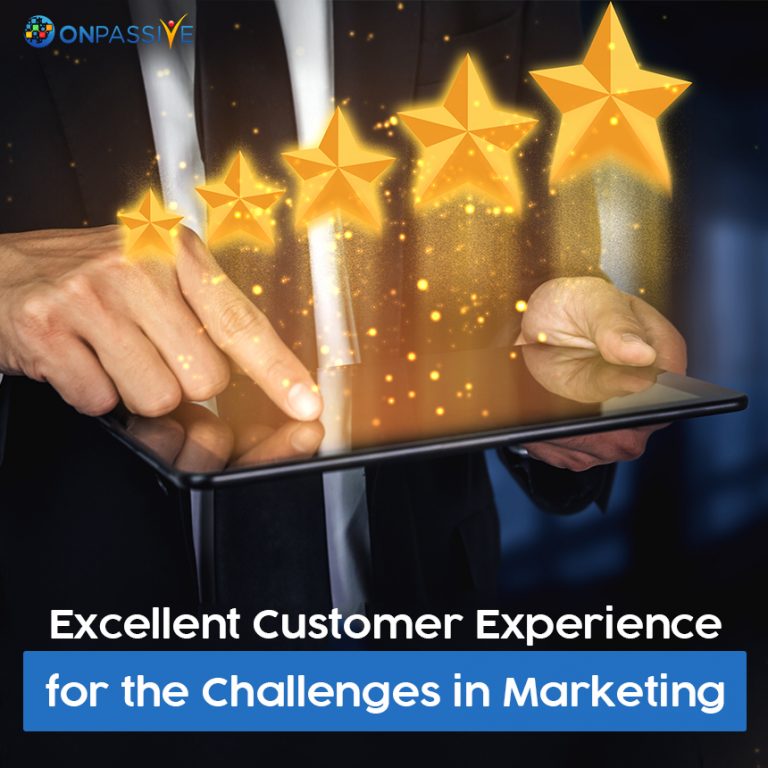
Over the pandemic, across every industry, whether B2C or B2B, consumer behavior has changed quickly and dramatically. For example, while shopping, sales calls, and events have declined, online shopping has boomed. From curbside delivery and contactless payments to versatile returns, clients are demanding more.
Many of these new habits may generate permanent behavior. What will the consumer’s experience be like moving forward in what is becoming “the new normal”? How, in a post-pandemic environment, can advertisers communicate with shoppers?
Today’s marketers have been pushed by the current crisis to become ever more nimble, agile, and digitally oriented. For example, many retailers have converted physical stores into supermarkets, revamped their websites, offered simplified options for delivery and payment, and more convenient returns.
There are three main measures that marketers need to take to communicate with clients to build enduring, committed relationships in a changing landscape:
#1 Understanding the clients
Consumer behavior, potentially for good, is evolving. Brands may have new consumer types that they have never had before, while others may have fallen significantly. To deeply understand new purchasing behavior, analyze the marketing people, and track data and patterns. Based on changed behavior and new customer segments, this will allow us to create optimal customer journeys.
#2 Improve your Marketing Messaging
Your clients could be working from home or work where they have to take essential safety precautions, or maybe they have been laid off. That implies that in tone and to respond to new needs, marketing messaging needs to be responsive. Whether on SMS, social networks, or email, it should also be coherent across platforms.
#3 Practice Agile Marketing
Marketers need to pivot quickly to give consumers what they want and reach them where they are, with anything from personas, journeys, content, and platforms changing rapidly. If in-store shopping does not exist for many right now, with different strategies and platforms, the consumer experience and related content must be reinvented online.
Companies should not sit back and wait to solve the marketing issues facing them, regardless of the industry, as we all move into a “new environment” and the current crisis progresses. Instead, now is the time for digital transformation. Marketers can respond effectively only by addressing changes with an omnichannel marketing model, assisted by digital technology, to provide the consumer experience that today’s customers want.


